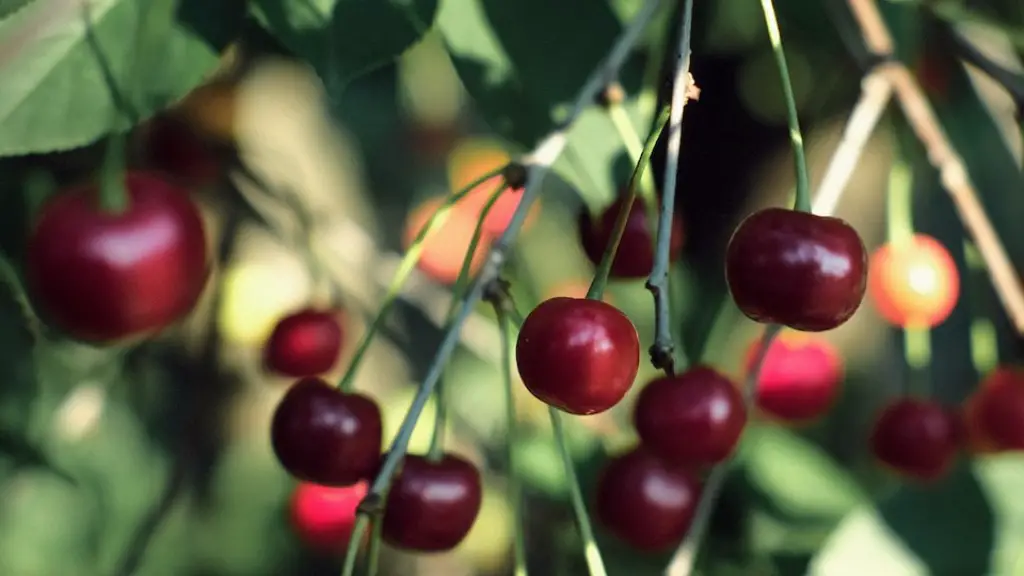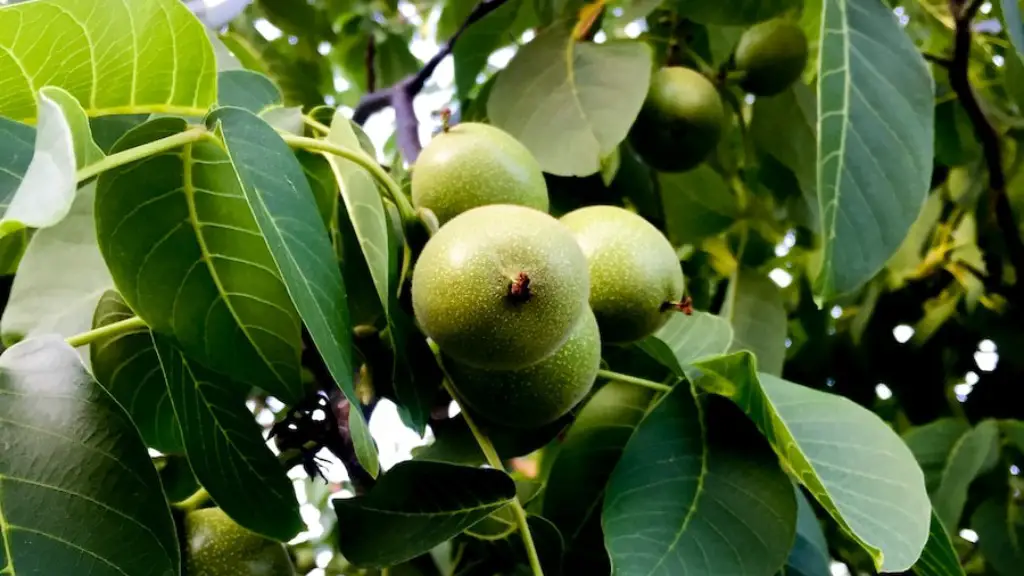Cherry trees are beloved by many gardeners due to the delicious flavor of their fruits. Prior to fruiting, they must be properly pruned and maintained throughout the growing season. In addition to pruning, cherry trees need to be sprayed periodically in order to prevent insect infestations and disease that can permanently damage the tree’s health. But when does one spray a cherry tree?
Insect and Mite Control
Due to the fragility of cherry trees, they are especially targeted by a wide variety of insect and mite species. These can be avoided, however, with the proper precautions. Insect control should begin with spraying the tree when it is blossoming in the springtime. The flowers and developing fruits need to be completely covered with an insecticide such as SpinTor or Permethrin. These applications need to be repeated several times throughout the spring in order to ensure that all of the eggs that are being laid are killed before they turn into adults. Additionally, it is important to be aware of other pests such as aphids and earwigs that can attack cherry trees at any time of the year.
Disease Control
Cherry trees are highly susceptible to a number of bacterial and fungal diseases. Therefore, it is important to monitor the tree throughout the season for any signs of abnormality. If any of these diseases are present, they must be treated with specific fungicides. Stem canker, black knot, and crown gall are some of the more common ones. These should be sprayed in late spring and/or early summer when the tree is actively growing. In addition to these diseases, it is essential to inspect the tree for powdery mildew, which is most active during the summer months. If any of these problems are persisting, then additional treatments may be needed.
Fruit Thinning
In order to ensure a healthy tree, it is important to practice proper fruit thinning. This involves removing some of the developing fruits in order to enable the other ones to reach their full size and flavor potential. Thinning should occur when the cherries are half-grown. This ensures that the tree will not be overburdened with too many fruits and that each individual fruit will have the right amount of space and energy in order to reach its maximum size and flavor.
Harvest Time
When the fruits are mature, it is important to harvest them promptly. Overripe fruits can cause botrytis, which is a type of fungal disease. To prevent this, the fruits should be harvested when the color is bright and consistent. Also, the fruits should be handled carefully in order to prevent any damage or bruising. If possible, it is best to use hands instead of tools in order to avoid any unnecessary harm to the tree.
Harvesting Considerations
In addition to harvesting the fruits at the right time, it is important to consider the impact of harvesting on the tree itself. If too many fruits are removed, the tree can become stressed and the branches can become damaged. So, it is important to monitor the amount of harvest and make sure to leave some fruits on the tree for the next season. This can help ensure a healthy tree for many future seasons.
Fertilization
In order to ensure that a cherry tree is healthy and productive, it is important to feed it appropriately. This involves applying fertilizer during the fall, winter, and spring months. Different types of fertilizers should be used in each season in order to ensure that the tree is getting the right nutrients. Additionally, it is important to provide proper irrigation to the tree and make sure that the soil is not too dry or too wet.
Pest Prevention
In addition to using insecticides and fungicides, it is important to implement some natural forms of protection against pests. This can be done by encouraging beneficial insects such as ladybugs and lacewings to take up residence in the garden. Planting certain flowers or herbs near the tree can also help attract these predators. Additionally, it is important to keep the area around the tree clean by removing any fallen leaves and branches, as this can eliminate potential nesting sites for many pests.
Tree Pruning
Pruning is an essential part of any cherry tree maintenance plan. The main goal of pruning is to select the strongest shoots that will produce the most fruit. Pruning should be done in late winter or early spring, before any buds appear. It is important to prune away any dead or dying branches in order to promote healthy new growth. Additionally, it is also important to thin out the crown of the tree by removing any overcrowded branches. This will help ensure that the tree has plenty of air circulation and adequate sunlight.
Organic Strategies
Organic strategies are one of the most environmentally friendly ways to keep a cherry tree healthy. These strategies involve using natural methods to boost the tree’s immunity against pest and disease infestations. This can be accomplished by regularly mulching the roots and surrounding soil with organic matter such as compost or dried grass clippings. Additionally, it is important to apply beneficial microorganisms to the soil which can improve the health of the tree. Finally, traps and barriers can be used to prevent pests from entering the tree’s foliage.
Timely Weed Removal
The final step in keeping a cherry tree healthy is to remove any unwanted weeds that may be growing around the tree. If left unchecked, weeds can rob the tree of nutrients and water. Additionally, they can provide an attractive home for pests and disease. Therefore, they should be removed as soon as they start to sprout in the springtime. This can be done either by hand or with the help of an herbicide.
Drainage and Watering
The tree also needs to be properly hydrated in order to maintain its health. This can be done by ensuring that the area around the tree has good drainage. Additionally, it is important to water the tree with approximately 1 inch of water per week. This should be done in the morning so that the tree has time to absorb the water before it gets too hot. Additionally, it is important to water the root system fully in order for the water to penetrate all the way down to the bottom of the tree.
Winter Protection
In order for a cherry tree to survive the winter, it is important to protect it from extreme cold. This can be accomplished by wrapping the tree in burlap or straw to prevent the cold from permeating into the trunk and roots. Additionally, it is a good idea to mulch around the base of the tree to help insulate the roots and keep them warm. Finally, trees should be pruned in late autumn to prepare them for the winter. This will help reduce the chance of damage from ice or wind.
Conclusion
In order to ensure that a cherry tree is healthy and productive, it is important to maintain it properly. Pruning, fertilizing, and pest control are all essential parts of this maintenance plan. Additionally, it is important to implement strategies such as weed removal, organic application, and winter protection in order to ensure a robust and healthy tree for many years to come.



